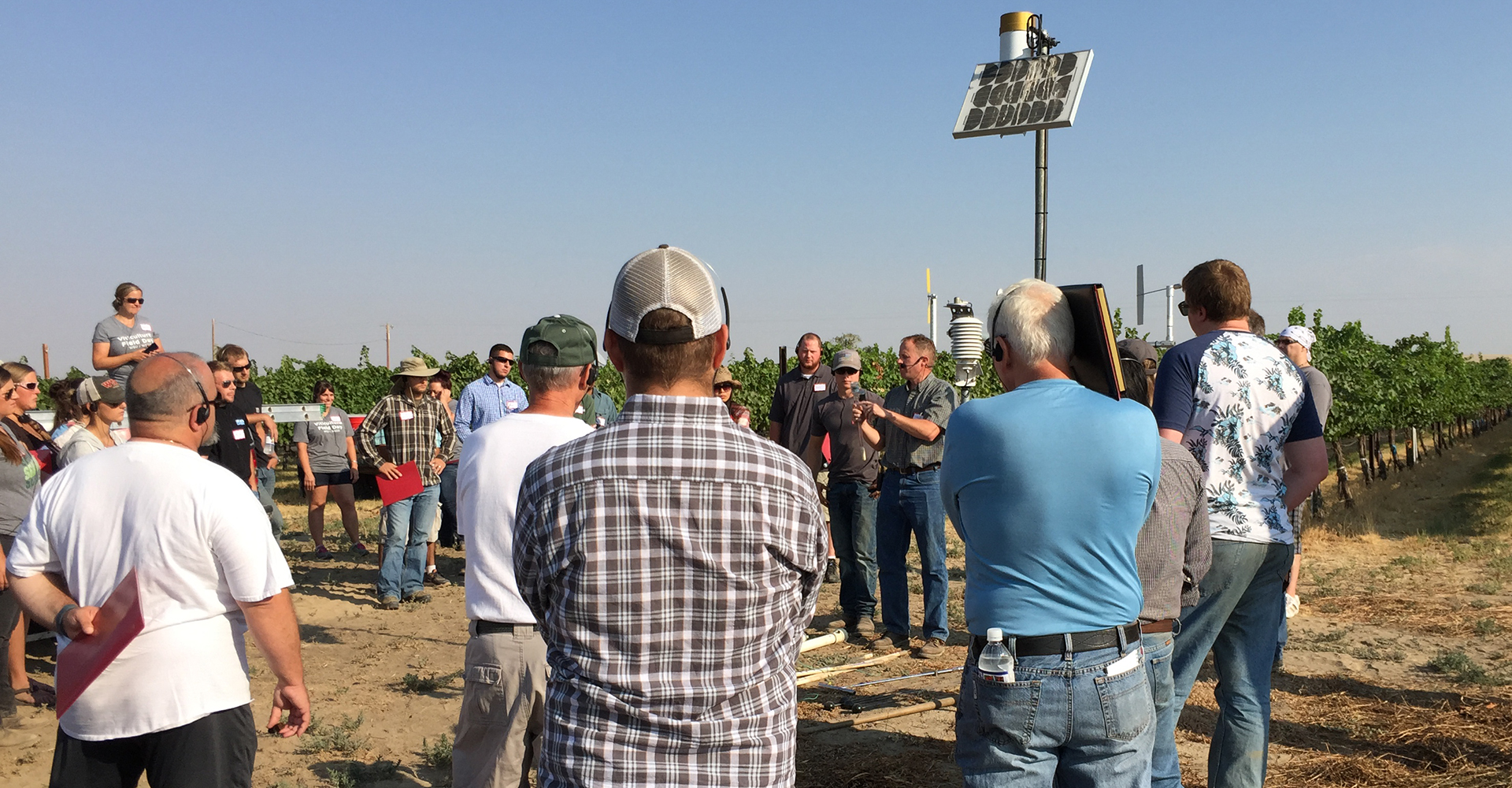- Thread starter
- #101
AMKuska
Garden Master
Look how big they've gotten!! All the first set are big enough for 4" pots now, with the next set probably a week or so behind.
I'm very pleased because I wanted to start tomatoes pretty soon and I didn't want them to overwhelm the peppers. They are all doing so well, I don't think it will be a problem.


I'm very pleased because I wanted to start tomatoes pretty soon and I didn't want them to overwhelm the peppers. They are all doing so well, I don't think it will be a problem.

